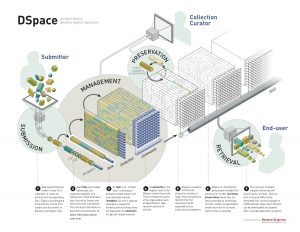 A community of researchers have investigated this region of Burgundy since the mid 1970’s, and we have amassed, individually and as a group, an enormous amount of documents, data, and research materials.
A community of researchers have investigated this region of Burgundy since the mid 1970’s, and we have amassed, individually and as a group, an enormous amount of documents, data, and research materials.
A new field, digital archiving, had emerged in recent years, which facilitates the systematic storage and analysis of large and disparate datasets such as ours. We have begun the process of investigating how Digital Archiving can be used here, and have taken the following steps:
1) Conduct overall literature review in archaeology and related fields for use of digital archiving–Created Citation page and categories for references.
2) Contact similar projects (Chaco, Comparative Slavery, UK National Trust, etc.) and learn tools used and issues and problems.
3) Define hardware and software options for out project–Dspace Open Source software Click on the graphic above to expand the image to see how digital archiving works.
4) Create the DSpace prototype for our data, to include:
- Paper maps
- Digital Historical Maps (TIFFs and JPGs)
- GIS Files, vector and raster datasets
- GPS files (KMLs)
- Photos and pictures
- Movies
- Sound recordings of interviews
- Text ethnographic interviews
- Site Forms and other field notes and field data
- 35mm slides
- Microsoft Office Word, PowerPoint, and Excel files
- Related historical documents (Word Documents, Excel Files, TIFFS)
- EVIS (Excel spread sheet and Arc GIS shape files)
- Other new data
